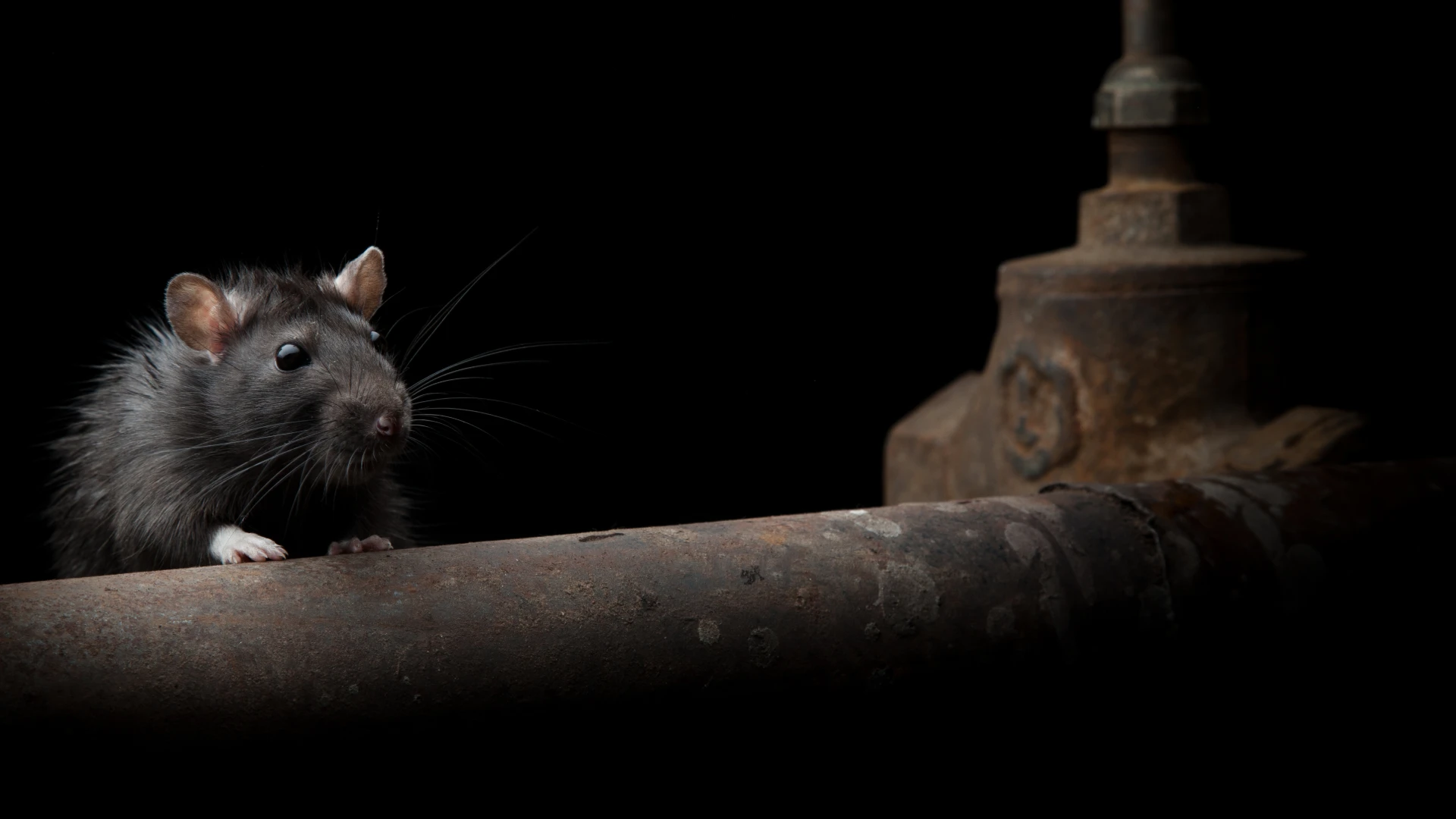
iStock | anatolypareev
Editor’s Note: This article was reprinted with permission from Pinto & Associates.
When inspecting for rodent entry points into a building, you may tend to overlook foundation walls. A foundation wall, in theory, should block rodent entry — after all, most foundations are made of concrete (block or brick) so they ought to provide a barrier that rodents can’t get through. But foundations settle, cracks appear in the concrete and mortar deteriorates and falls out from between blocks. As well, contractors often punch big holes in walls just to run small utility lines.
When inspecting a foundation, walk around the entire building and look for possible rodent entry through cracks in concrete, through deteriorated mortar or damaged blocks and bricks, openings around conduits, damaged vents and through any other breaks in the foundation wall.
Here are some tips that will come in handy for inspecting foundations:
- All pipes and other utility lines penetrating the foundation wall should be sealed so that rodents cannot squeeze around them. Check electric lines, water lines, cable and phone. Don’t forget water spigots.
- Check any crawlspace and basement vents to make sure that such areas are screened or designed somehow to keep rodents out.
- Look for burrows that seem to go down deep at the foundation wall — rats will occasionally burrow under shallow foundations to get into a crawlspace. In slab construction, they may burrow up through slab openings such as those for plumbing pipes.
- Inspect ground floor and below-grade windows. Poorly fitted windows and rotten window trim in window wells can allow rodent entry.
- Check the crawlspace for pipes or utility lines that run from the crawlspace up into the building. If the conduit openings are large enough, rodents can follow these and get into the building.
- Check above foundation walls. There may be unsealed openings around pipes and other utility lines penetrating first or second floor walls that are large enough for rodents to enter.
- Look for dryer exhaust vents that are damaged or not sealed tightly to the outside wall.
- Air conditioning units must be screened and tightly sealed, or else mice and rats can potentially get inside utility rooms or into building wall voids.
The authors are well-known industry consultants and co-owners of Pinto & Associates.

Explore the August 2013 Issue
Check out more from this issue and find your next story to read.